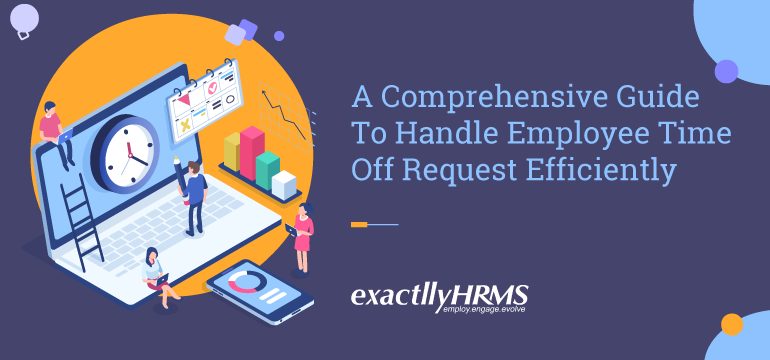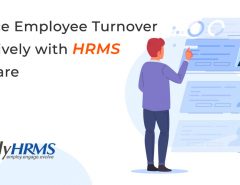Handling employee time off request is indeed a critical job for every HR professional. As easy as the job may sound, in reality, it is equally frustrating because the simple decision of yes or no depends on the analysis of the human resources available for the time of request period asked for. Once a time off request letter or an email is sent to the manager, the next job for him or her starts by seeking the replacement who will take up the responsibility of the applicant.
This job becomes more stringent when there occurs a submission of the last minute time off requests. At times like that, it becomes a difficult job for the authority to grant the application (unless it is an emergency that cannot be avoided). It may sound a bit straightforward, but sometimes but a sudden employee time off request can become a nightmare in some instances.
It is not always possible to keep every request because employee time off request should never stand in the way of workflow. Handling the time of the request is delicate, but in this guide today, we will be taking you on a tour of how the respective authority can manage it with ease.
1. Set the Rule of The Frequency of Time Off Application in a Year:
It is the primary responsibility of the HR professional to make it clear to the employees about the number of times they can place time off applications in one year. The frequency can range between two weeks to two months. It is also important to mention here that the request approval can also depend on the number of days the leaves are asked for. In addition to this, it is vital for the employees to notify the authorities at least a week in advance so that the resource allocation in their place takes place smoothly.
2. Inform any Restricted Time of Year where no Requests are Approved:
At certain times of the year like New Year, Religious Holiday and even in national or international holidays, it is a standard practice for a lot of businesses to restrict the approval of leaves. This restriction is notified at the very inception of the financial year through a universal medium of communication or through personal emails. Also, many companies are flexible in this case; i.e., when the employees take leaves on occasions, the workload does not get all burdened up. In many cases, the companies keep the work hours active only for the 1st half of the day so that the personal and professional lives of the employees thrive at par.
3. Using HRMS to Keep Tab of Requests to avoid Confusion:
Using a technological assistant to regulate the time of approval requests instead of sending out a straightforward employee time off request denial letter is a welcome practice. It somewhat comes within the right of the employee to know the exact reason for the leave request denial. In the case of bulk requests, it becomes a hectic job for the HR professionals to explain to every applicant about their denials. So, a human resource management system or HRMS plays a big role in this process. How? With a customized dashboard for everyone where an exclusive message of the request denial can be conveyed. The platform also makes a place for further communication between the employees and the hierarchy. HRMS is indeed a convenient platform to handle these matters thoroughly and good, which place in the theme of credibility and professionalism.
4. Setting the Parameters before Hand:
Reason-based, first come first served, creating of a standardized system, prior requests, etc. all these can set professional parameters or instead form a protocol through which the employees can submit their leave applications in a disciplined way. With these parameters to follow from the very inception, the company will face fewer contradictions to accept and deny the leave requests.
The mediums of placing leave requests and applications:
Filling-up of forms:
Online or offline types are informative in every use case. They reflect the exact reason for the employers’ rights for leave application with their departmental details like designation, dates asked for and even the replacement nominees.
Email:
Sometimes, the managers or the HR professionals require more details of the applied leave (especially in case of emergencies). Furthermore, multiple requests can be kept in order for better segregation.
App:
Within the integrated app of the company or its HRMS system, the app feature also provides a platform to put leave requests for the employees. The communications become more sorted and in many cases, it can take place beyond office hours and in real-time, just like all other mediums, apps to convey the message of approval and denial at any time.
Make the Right Choice with Exactlly:
exactllyHRMS carries a legacy of more than 15 years of uncompromised service to the growing economy of SME worldwide. By catering to the business managing needs of thriving businesses worldwide, it has successfully garnered the likes of industries across many verticals. Make Exactlly your partner of business growth today and see your enterprise soar towards achieving its goals. Feel free to Contact Us and get a Free Demo.





Leave a Reply